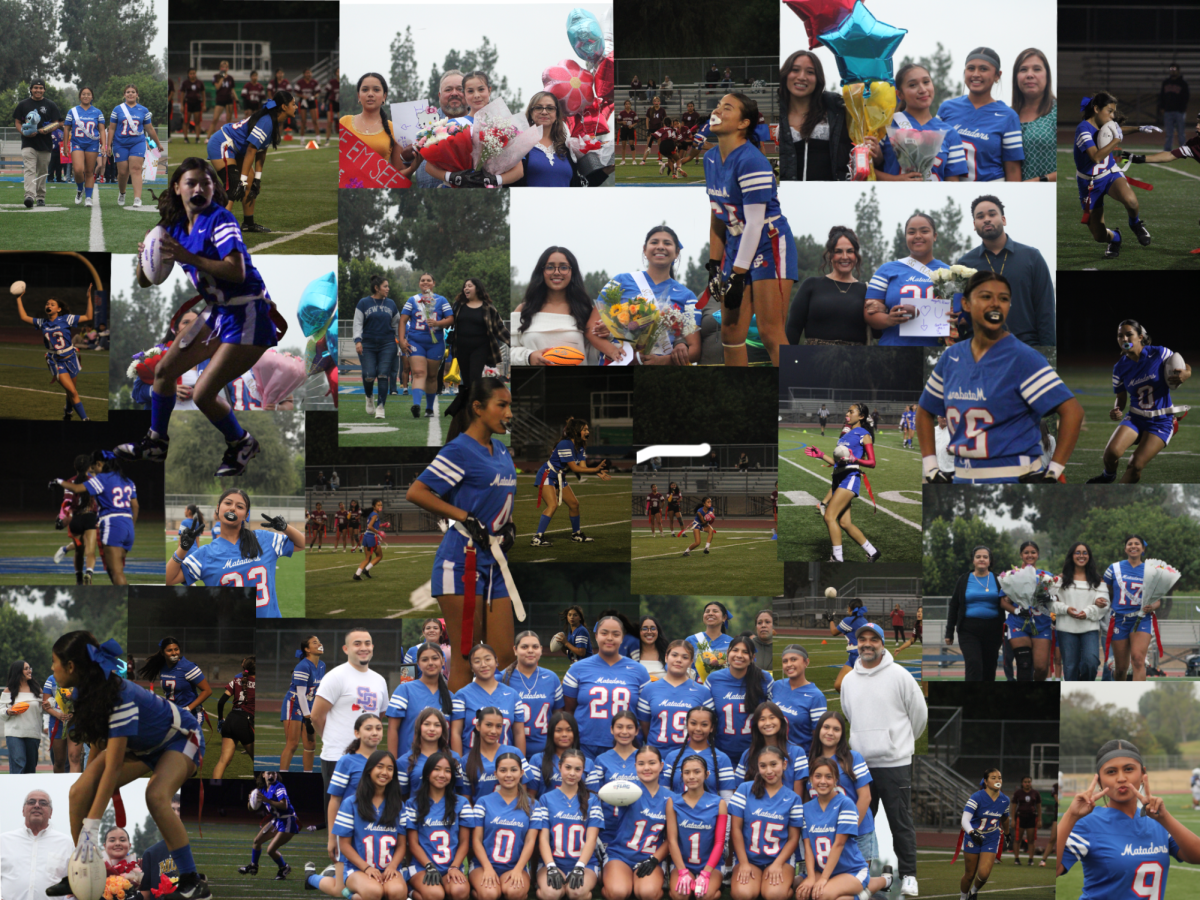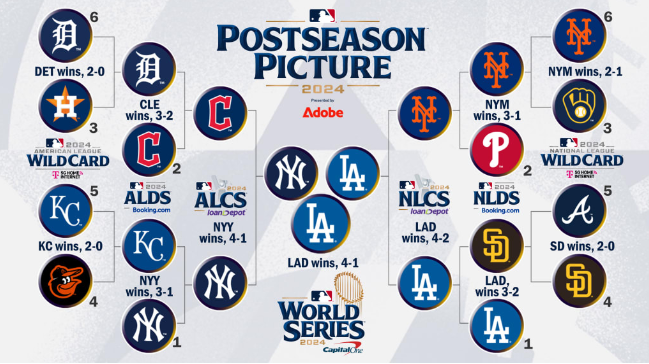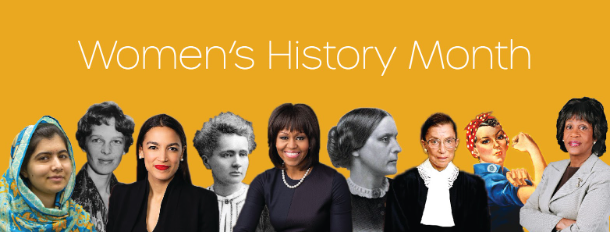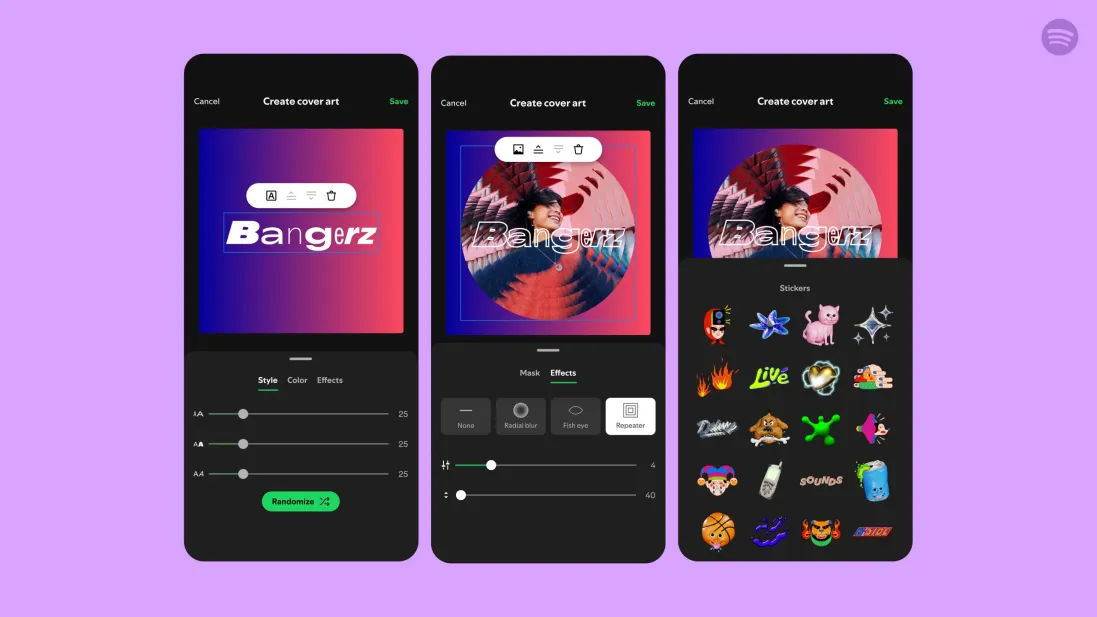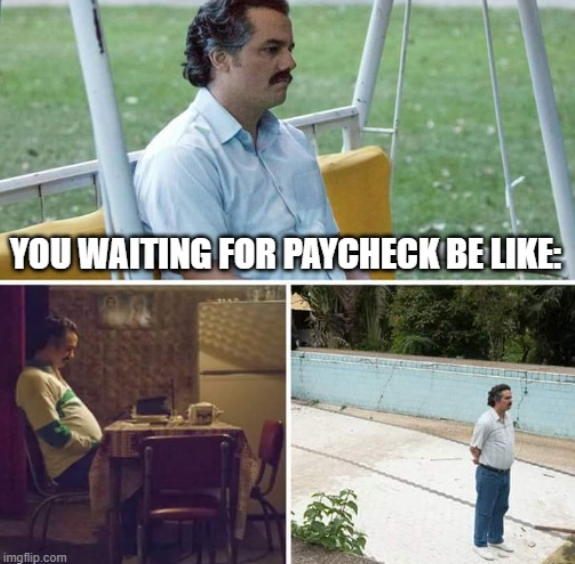The Global Financial Literacy Excellence Center (GFLEC), in its annual report 2024 TIAA Institute-GFLEC Personal Finance Index, found that U.S. adults, on average, could only answer 48% of the 28 index questions. The lower-than-average score suggested that most individuals in the U.S. are making financial decisions with a generally poor level of financial literacy.
While Americans are practically familiar with basic financial knowledge like consuming (buying) and borrowing, they appear to be least capable of comprehending potential and actual financial risks, such as inflation, or interest rate changes. They also lack information about accumulating wealth from investments like bonds—a type of passive income earned from outside of their job(s).
Well, I know some of you might ask, “So, how do I prevent myself from juggling debt or financial stress?”
One answer to this question is: budgeting. As some of you may have heard of, it is the management of your own income and spendings. Learning how to keep track of your cash flows—money in and out of your pocket—gives you a better idea on how to minimize your spending on unnecessary items, while leaving you with extra money to survive through emergency situations such as global pandemics. COVID-19, for example, showed how a lack of emergency funds could exacerbate financial struggles during the lockdown-induced unemployment.

Another goal of personal finance is to maximize your income surplus by diversifying your income sources. While we expect to fulfill basic human needs with minimum wage jobs, reality has shown that they are no longer sufficient to afford the combination of rent (or mortgage), health and auto insurances, groceries, utilities, and other necessary expenses. As a result, young adults should be educated on how to build savings using different savings accounts and invest in long-term growth assets like stocks, mutual funds, and bonds.
Other than that, students deserve to be informed about federal aid programs for colleges, how tax rates work, and the importance of having insurance. This is to ensure that they are empowered to make informed financial decisions and eligible for better opportunities. Students should also be educated that missing a payment on a credit card leads to a disruption in their credit score—countless Americans face crippling debt because creditors are more hesitant to offer flexible repayment plans and the cumulative interest compounds their final payments, hence reducing their financial freedom.
Luckily, in California, adolescents no longer have to rely solely on trial-and-error for financial literacy and can gain essential skills before entering adulthood: the state government has mandated one semester of personal finance course to be offered in all high schools starting in 2026-27. Moreover, the course will soon be a requirement for high school graduation as of 2030-31. For those who need additional guidance in figuring out their budgeting, reading books and articles written by websites with great reputation such as Investopedia, NerdWallet, or The Balance, is a good starting point.
Assuming that we live with our parents, most readers of this article are still high school students and may not have home mortgages, rental bills or utilities bills to worry about. Yet, being ahead of the curve to learn how to manage your finances—by monitoring your spending habits and limiting unnecessary spending, investing in financial instruments like stocks that earn you small yet regular income, and learning about college tuition aids—will well-prepare you for future financial challenges.








